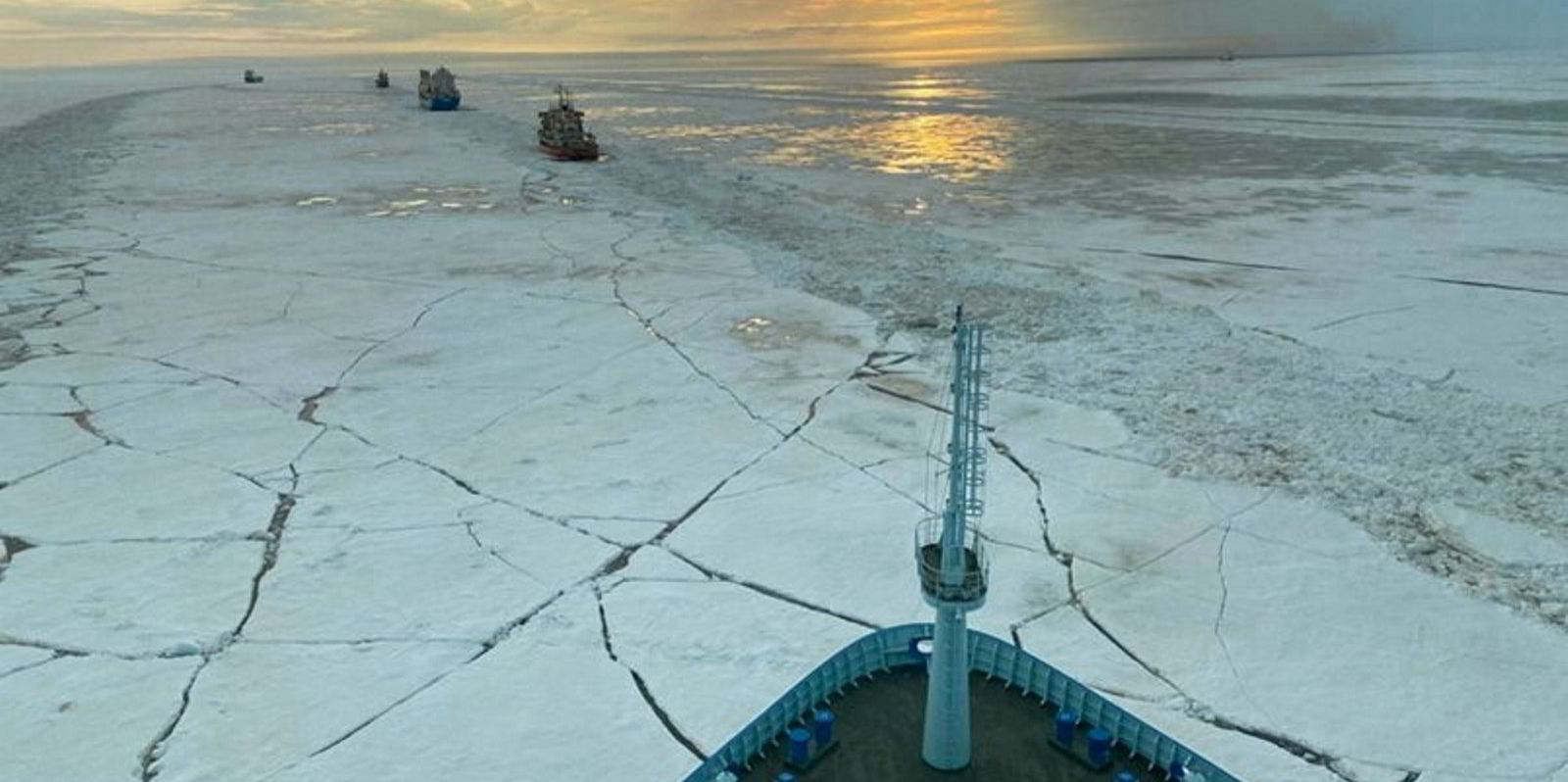Rio Tinto expects stimulus measures in China will lead to a gradual economic recovery this year, particularly in the final six months.
The London-listed mining giant reiterated its Pilbara iron ore production estimates for 2024, which it said will be between 323m and 338m tonnes, compared with 331.8m tonnes in 2023.
It expects bauxite shipments to total 53m to 56m tonnes this year, which would be much in line with the 54.6m tonnes last year.
The guidance is the same as was forecast in December and remains subject to weather impacts.
Chief executive Jakob Stausholm said: “There is good demand for the materials we produce, and our purpose and long-term strategy make more sense than ever.”
But stronger economic growth in China is what Rio Tinto needs to hit the upper end of its production targets this year, as was demonstrated as 2023 drew to a close.
In the fourth quarter, iron ore production rose 5% on the previous three months due to firmer economic activity in China. Bauxite output was even better, rising quarter on quarter by 8%.
Iron ore prices rose by 17% over the quarter, averaging $129 per dry tonne (Platts CFR 62% Fe index), which is 13% higher than the third quarter.
Seaborne supply of iron ore increased by around 1% over the same time frame, which Rio Tinto said was absorbed by the roughly 3% quarter-on-quarter growth in China’s imports. Steel demand in other developed and emerging regions firmed during the period too.
“China’s economy stabilised earlier in the fourth quarter. Resilient infrastructure and manufacturing investment, and an increase in the automotive sector and consumer goods, helped offset the prolonged weakness in the property market,” Rio Tinto said in its quarterly report.
“Market confidence increased following strong fiscal easing and improvement in manufacturing and consumption levels.”
Increased Chinese policy measures also helped to support commodity prices during the final three months of 2023, along with lower global recession fears and a broad slowdown in inflation.
Gradual recovery
Rio Tinto expects stimulus measures in China will drive a “gradual recovery” this year, “albeit weighted towards the second half, with the real estate sector remaining weak”.
The Chinese economy grew by about 5.2% last year, beating the government’s official growth target for the year without relying on “massive stimulus”, Premier Li Qiang told the Davos conference in Switzerland on Tuesday.
Rio Tinto said of the wider outlook for this year: “Monetary policy in advanced economies remains tight. However, interest rates may now have peaked.
“Global supply chain challenges have improved, although risks remain on certain routes such as the Panama and Suez Canals, while labour costs are still rising amidst tight markets in Australia, Canada and the USA.”
The company announced plans in October to increase iron ore production capacity incrementally at its Gudai-Darri mine in Pilbara, north-west Australia by 7m tonnes to 50m tonnes a year. Still, it did not specify a time frame for the project, which remains subject to environmental and heritage approvals.




